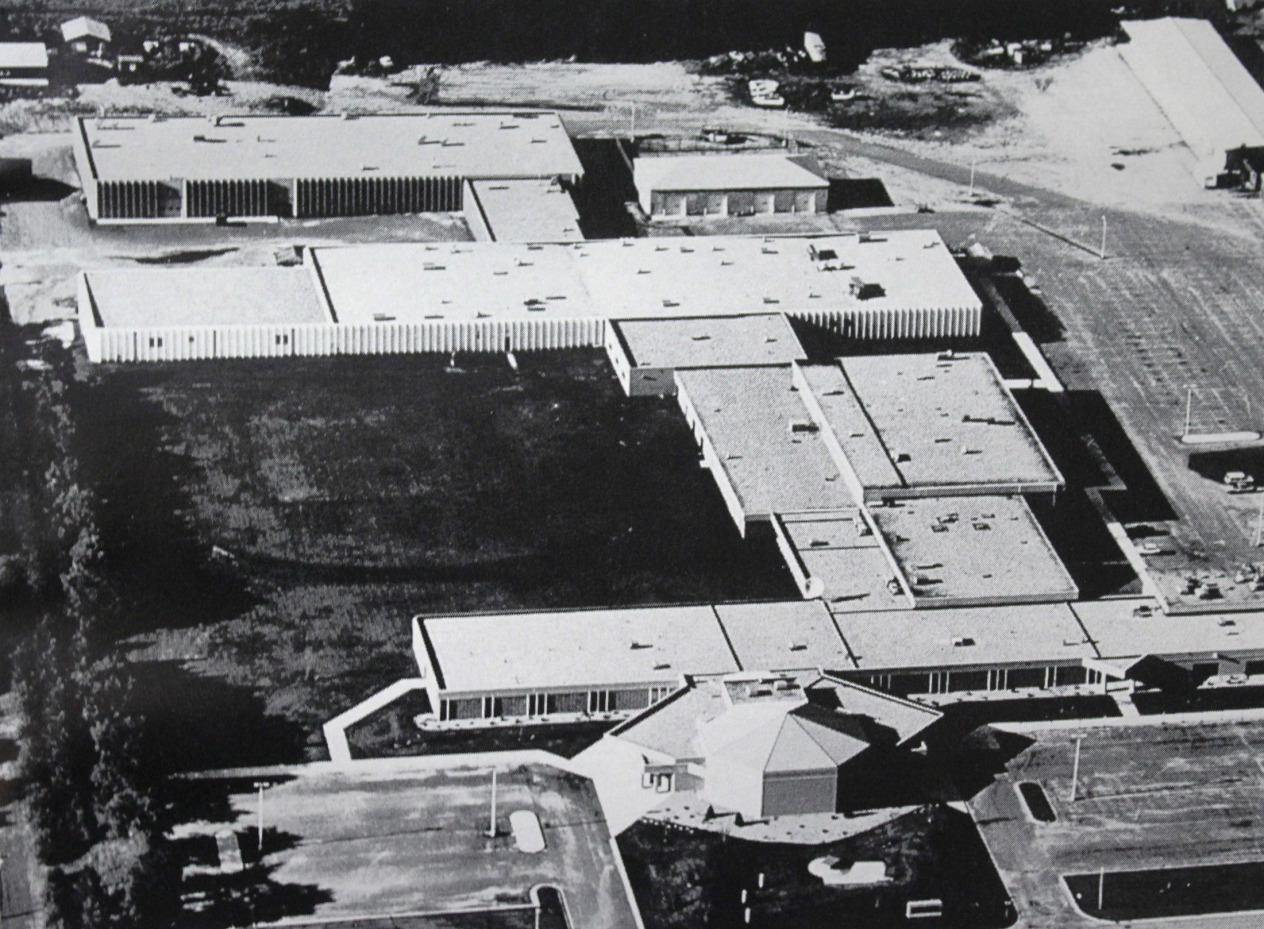Search
MATH1100 - World of MathCredits: 3 (3/0/0) Meets MnTC Goal Areas 2 and 4. This course introduces mathematical approaches to question asking, understanding, problem solving and presentation. Students apply mathematical principles to varied disciplines, including an exploration of a variety of
ARCH2248 - CADD AlternativesCredits: 3 (1/2/0) This course will familiarize the student with computer drafting and modeling software for the graphic design of residential construction.
PWST1000 - Introduction to PowerSportsCredits: 3 (1/2/0) This course is the study of powersports occupational safety, shop orientation procedures, and power and hand tool usage. The use of shop equipment applications, fasteners, measuring instruments and service literature will be addressed, along with
ENGT1126 - Engineering GraphicsCredits: 3 (1/2/0) This course introduces and develops basic skills in drawing, lettering, orthographic projection, sections and dimensioning. Students in this course will apply the basic fundamentals of pictorial drawing, including isometric, oblique, perspective
NURS1415 - Nursing Clinical ICredits: 2 (0/2/0) This course promotes the application of fundamental skills while providing holistic nursing care to a diverse group of patients. The course incorporates the concepts of quality and safe patient care, professional behavior, therapeutic communication
ACCT2255 - Income Tax-IndividualCredits: 3 (3/0/0) This course provides an explanation and interpretation of the Internal Revenue Code as applied to individual income tax returns. Topics covered include filing requirements, filing status, gross income and exclusions, business income and expenses, tax
GDTC2245 - Adobe Illustrator IICredits: 3 (2/1/0) This course covers the use of Adobe Illustrator to create and manipulate electronic illustrations, logos and artwork.
ADMM1200 - Medical Office Technology ToolsCredits: 2 (1/1/0) Students will utilize technology that is commonly used in a medical office setting and develop 10-key skills necessary for billing and insurance practices.
PARA2210 - Advanced Paralegal PracticesCredits: 3 (3/0/0) This course provides in-depth study of law using statute and case research. Students will examine legal issues in different areas of law and participate in discussion of these topics. Topics will range from law office structure and finances to
AMST2210 - Body Electrical and Mechanical IICredits: 2 (1/1/0) This course focuses on computer-controlled body components and safety systems. Diagnostics will involve the use of scan tools, multimeters and lab scopes applied to a variety of body controlled devices. Students will learn how controllers communicate
